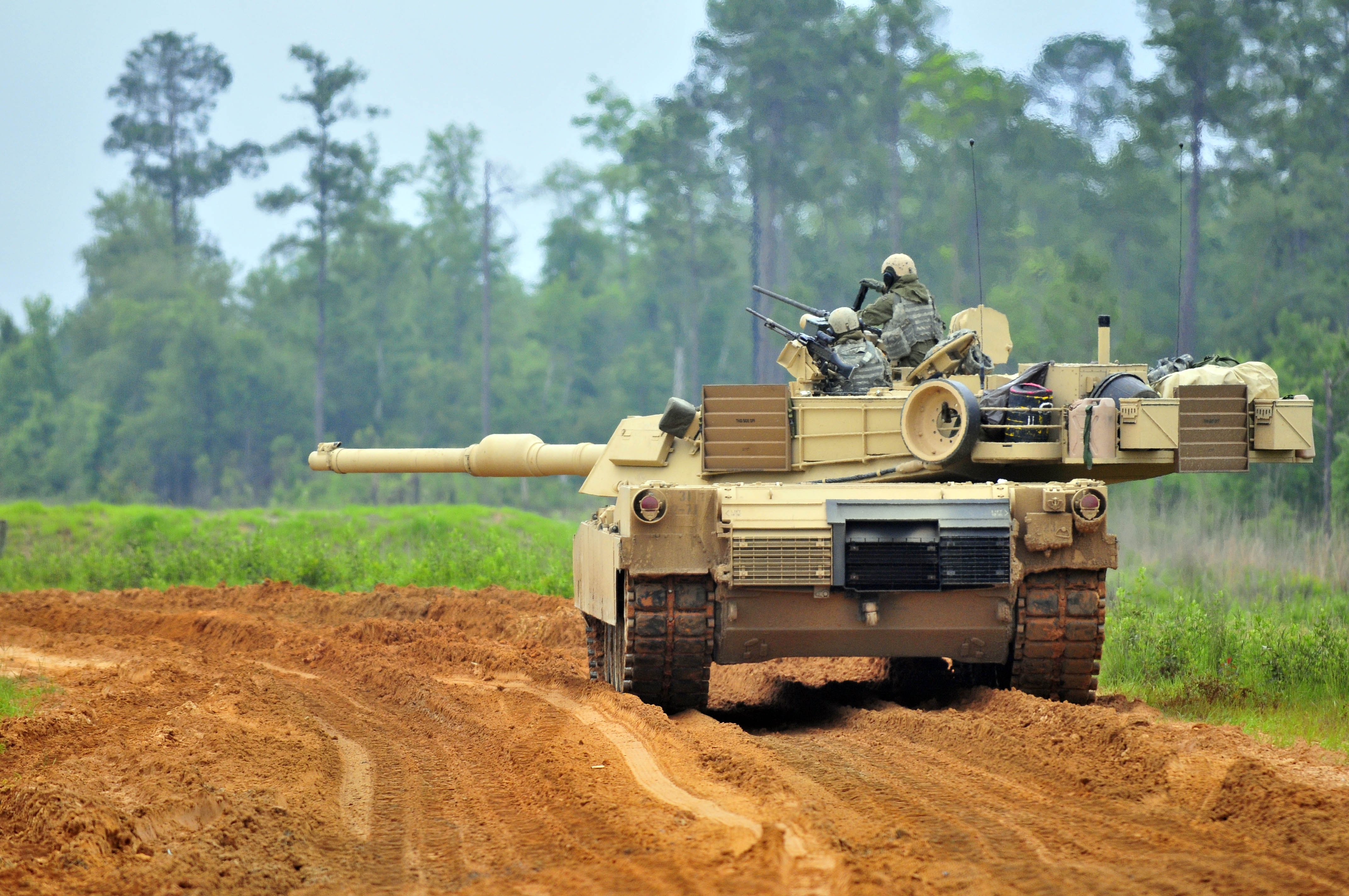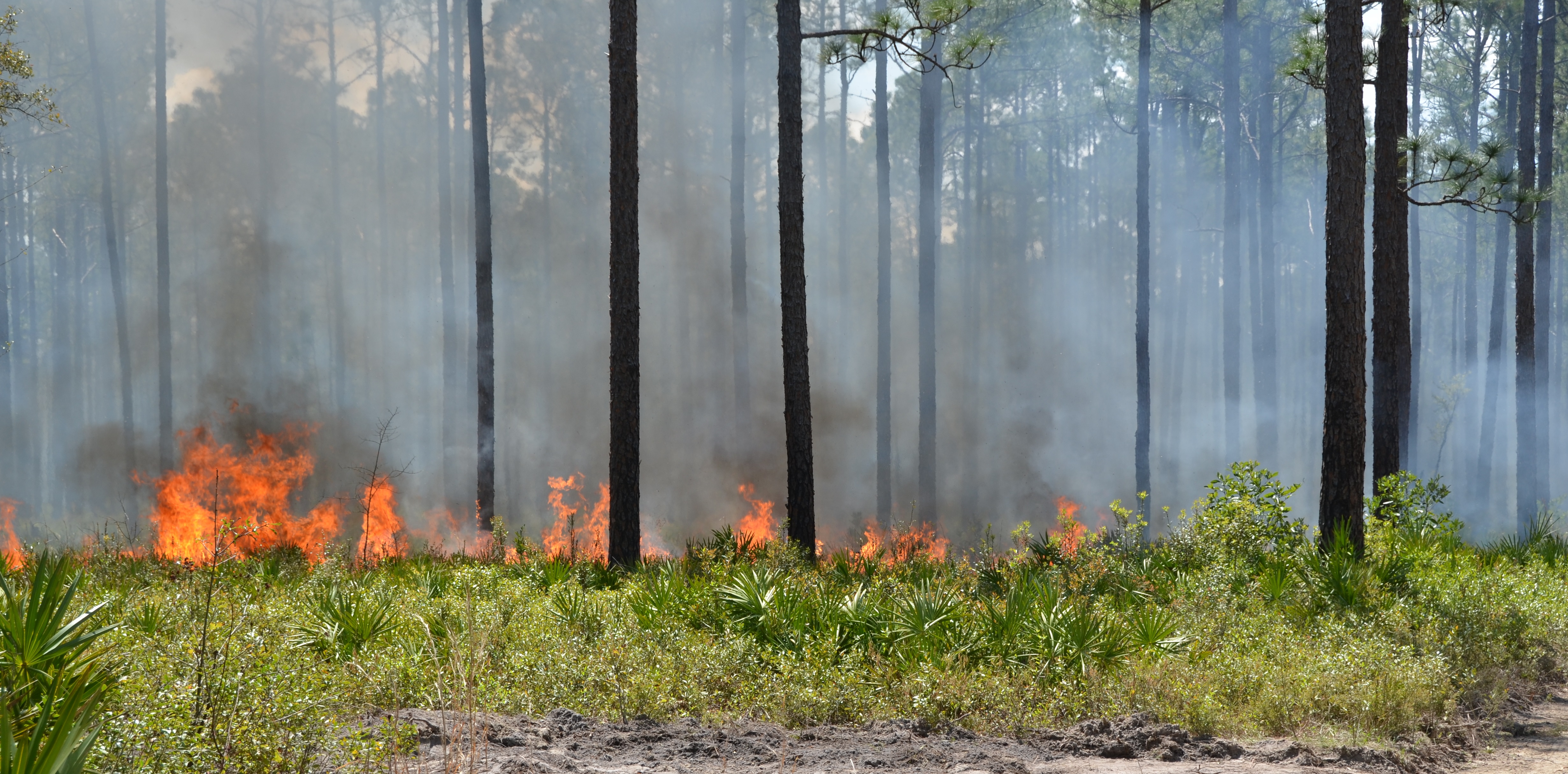How conservation efforts on Army land support a symbiotic relationship between forests and soldiers
By Amanda Price
The United States Department of Defense (DoD) manages approximately 30 million acres of land, covering a wide array of climates and ecosystems. The mission of the bases that occupy these lands is to train soldiers in realistic outdoor settings that will prepare them for the diverse environments they may encounter on the battlefield. With this in mind, Army forest management efforts focus on creating sustainable training environments that ensure soldier readiness both today and far into the future. In addition to providing a realistic training landscape, proper forest management offers installations additional benefits such as reduced risk of lost training days due to wildfire, a visual barrier for installation neighbors, a habitat for threatened and endangered species, ecosystem sustainability, and outdoor recreation opportunities such as hunting, fishing, hiking, and bicycling. As a result of their focus on providing realistic training environments, military bases often contain excellent examples of their region’s native landscape and wildlife habitat.
Fort Stewart/Hunter Army Airfield is no exception.
MANAGING THE LAND
Occupying a land area of more than 284,000 acres, Fort Stewart/Hunter Army Airfield is the largest Army installation east of the Mississippi River. Located near Savannah, Ga., the Installation is home to the 3rd Infantry Division. With a total of 274,637 acres of training land, Fort Stewart alone provides soldiers with unrivaled training opportunities such as maneuver spaces large enough to allow an entire brigade combat team of approximately 5,000 soldiers to operate simultaneously in a tactical field environment.
While Fort Stewart’s primary mission is to train and deploy combat-ready soldiers, the Installation maintains a strong focus on environmental stewardship and the belief that effective training can occur while protecting the environment. However, managing such a vast area of land that must be able to withstand the rigors of military training is no small task. As the largest forestry program in the Army and one of the largest in the DoD, Fort Stewart’s forestry staff manages 139,700 acres of pine forest, 74,000 acres of forested wetlands, 58,300 acres of forest clearings and 9,600 acres of hardwood management areas. All management activities are coordinated with and in support of the military mission and soldiers’ ability to train to the highest possible standard.
In order to uphold the Installation’s legacy of excellence, Fort Stewart’s Forestry Branch maintains a strong forest management strategy that supports full, unrestricted use of lands for military training. As a result, Fort Stewart boasts immensely valuable timber resources and is home to one of the largest remaining tracts of the longleaf pine-wiregrass ecosystem in Georgia, which serves as an ideal habitat for many federal- and state-listed threatened/endangered species. It also provides a landscape that is extremely conducive to military training.
TRICKS OF THE TRADE
Maintaining this valuable ecosystem requires the use of numerous strategic management practices. The Forestry Branch maintains a proactive prescribed burning program that is known by fire experts to be one of the largest in the world. Prescribed burns reduce the risk of unwanted wildfires, while offering benefits to natural resources, including: protecting from extreme fires, removing threats to the ecosystem, and recycling nutrients into the soil, among others. Of the 267,000 acres on Fort Stewart that are available for burning, 258,691 acres have been burned at least once during the last five years. As a result, units training on Fort Stewart have not lost a single day of training due to wildfires or wildfire suppression since 2000. Furthermore, Fort Stewart’s prescribed burning efforts played a large role in the Installation reaching recovery status for its population of the federally endangered red-cockaded woodpecker in 2012.
In addition to its prescribed burning program, Fort Stewart’s Forestry Branch also maintains the largest commercial timber program in the DoD, harvesting 5,000 to 6,000 acres each year. In accordance with federal law, Fort Stewart’s timber revenue must be used to fund future forest management activities. Therefore, benefits provided by timber harvests in regards to military training, ecosystem management and threatened and endangered species habitat are incurred at little cost to the Army. The local economy also gets a boost by the Army providing high-quality wood products on a steady basis to the region’s wood buyers, loggers, forest product mills and related businesses.
With each timber harvest, there is a large amount of debris left behind. Working with Fort Stewart’s central energy plant (CEP), the Forestry Branch developed an initiative that provides unsellable logging debris to the CEP for steam generation. After each timber harvest, the Forestry Branch uses a wood chipper to turn the leftover debris into chips that can be burned in the CEP’s wood-fired boiler. The energy that’s generated from burning the wood chips produces steam for the CEP. Through this initiative, Fort Stewart has developed a renewable, sustainable energy resource from materials that would otherwise have been wasted.
With a focus on continual improvement, the Forestry Branch is always looking for new/better ways to conduct its daily operations. Forestry personnel travel to other installations and attend conferences in order to learn from other forest managers and stay abreast of innovations within the industry. Furthermore, the program is passionate about sharing its success with certain techniques/ procedures and often conducts training classes and/or tours for forestry personnel from other installations and organizations.
TRAINING MORE THAN SOLDIERS
While proactive management practices and a philosophy of continual improvement have led to numerous accomplishments for Fort Stewart Forestry, the overall success of the program can also be attributed to its dedication to public outreach. As public awareness plays a vital role in supporting the military’s training mission as well as sustaining the environment, the branch’s outreach efforts target those living and/or working on-post as well as the surrounding communities. Information regarding the various efforts of the Forestry Branch is disseminated through newspapers (both on- and off-post), various organizational newsletters, Fort Stewart’s website, social media, local television stations, as well as community and school events. In addition, daily controlled burn notices are distributed through various channels both on and off the Installation. Through these efforts, the Forestry Branch is able to reach an audience far beyond the Installation’s boundaries.
Fort Stewart’s expansive forest is beautiful, serene, and furnishes a lush habitat for countless creatures. However, the towering pines and stately hardwoods also provide an unrivaled training landscape capable of training thousands of soldiers simultaneously while ensuring they are prepared for any obstacle they may encounter while protecting our country. Though the management of these lands requires a team comprised of various directorates and organizations (both on- and off-post), the majority of the responsibility lies with Fort Stewart’s Forestry Branch. Their day-to-day operations are the driving force that will ensure the Installation’s training environment is able to support both current and future mission requirements, while upholding the legacy of environmental excellence for which Fort Stewart/Hunter Army Airfield is known.
Amanda Price is part of the Fort Stewart/Hunter Army Airfield Environmental Division.


